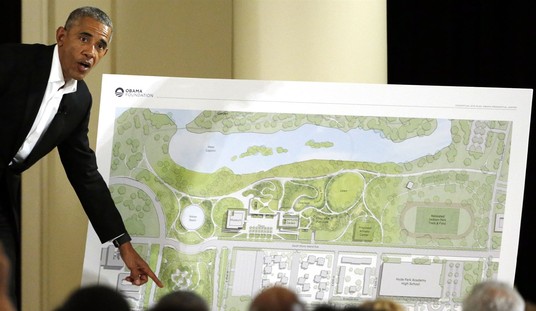The end is nigh for the Afghan government and the United States doesn’t want to be caught in the middle of the bloodbath that’s coming.
The Biden administration will deploy about 3,000 combat troops back to Afghanistan to cover the withdrawal of the remaining U.S. military assets as well as diplomats and their dependents. The troops will also do their best to get as many of the Afghan civilians who cooperated with the United States during our 20-year mission out of harm’s way as possible.
Recriminations can and will come later. But first and foremost, the lives of U.S. civilians need to be safeguarded as the Taliban has shown no mercy in the cities and towns it’s taking over in its final offensive.
The troops dispatched to Kabul will include two infantry battalions from the Marine Corps and one combat unit from the Army, all already deployed in the region, Kirby said. In the next week, an additional brigade of between 3,500 and 4,000 U.S. soldiers will be sent to Kuwait and put on standby in case even more combat troops are needed in Kabul, and about 1,000 other personnel will deploy to Qatar to assist Afghan allies evacuated from their home country with American help.
The additional muscle will augment a force of approximately 650 American troops who have been in Kabul since the U.S. military all but completed its withdrawal from Afghanistan last month. Those forces have been split between the airport and the U.S. Embassy, with missions that include providing defense against rocket attacks.
The concern for U.S. military planners is that the Taliban offensive appears to be accelerating because local forces have surrendered to the inevitable and allowed the Taliban walkover victories in several cities.
Related: CNN: Afghanistan’s Fall Is a Neville Chamberlain-esque Failure and It’s Joe Biden’s Fault
The fall of Ghazni, a provincial capital 80 miles southwest of Kabul, intensified Afghans’ concerns about surrender deals between the Taliban and local leaders that appear to have contributed to the group’s dramatic battlefield sweep. In many instances, militants have commandeered areas without a major fight.
On Wednesday, hundreds of Afghan troops surrendered as part of a deal near the northern city of Kunduz. A day later, Ghazni’s governor was arrested by government officials after fleeing the provincial capital as it fell.
A top Interior Ministry official said the militants now have a recruitment team that is contacting Afghan officials and asking them to join their cause.
That’s a pretty effective recruitment pitch: join us or die.
The latest Pentagon assessment is that the fall of Kabul is 30 to 90 days away. It would take something more than 3,000 combat troops to keep the Taliban from total victory in far less time than that. In fact, if Afghan government officials are surrendering already, the government may not live out the week.










Join the conversation as a VIP Member